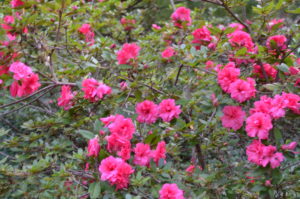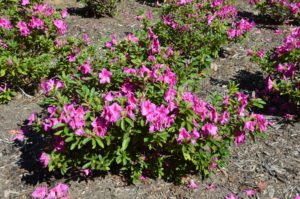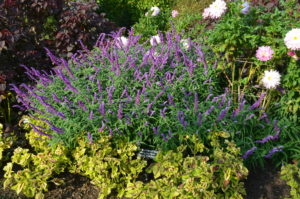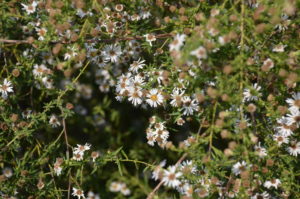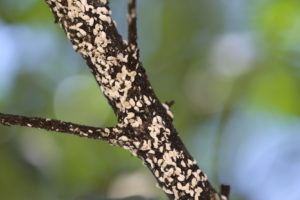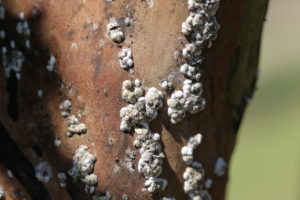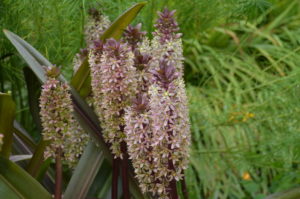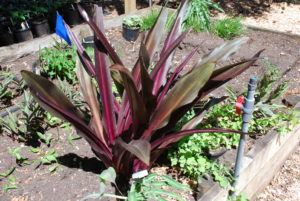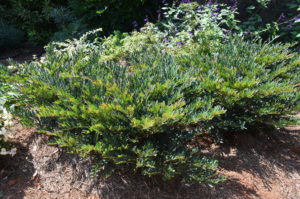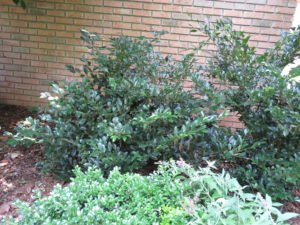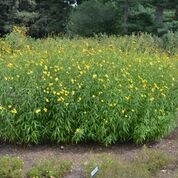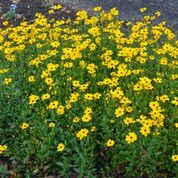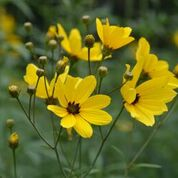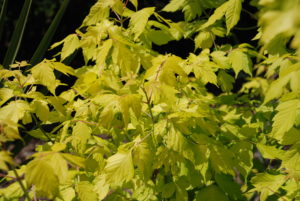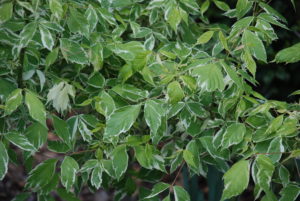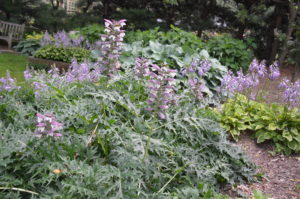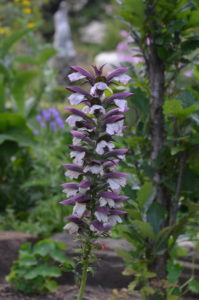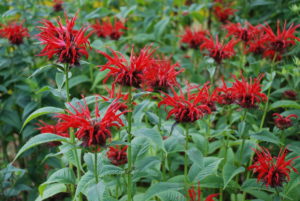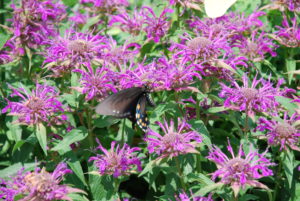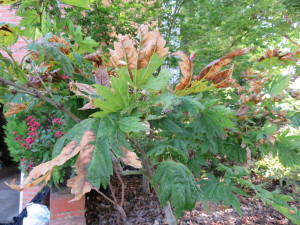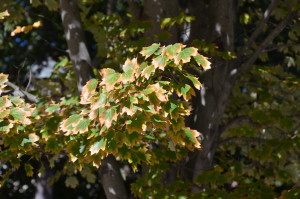Hey gardeners, how about azaleas that bloom nearly 5 months a year. Flowering lasts for 4-6 weeks in spring and another 12-16 weeks in summer and fall. Check out Encore™ and Bloom-A-Thon™ series of azaleas (USDA hardiness zones 6-10).
The main differences between these two azaleas is the Bloom-A-Thon series tend to bloom more abundantly in shaded sites and foliage and flowers will burn in full direct sunlight in hot parts of southern U.S. (zones 7b-10). The Encore series are bred to bloom in full sun and bloom less in shaded areas. The Bloom-A-Thon series tends to be more cold hardy for zones 6-9. Encore is hardy in zones 7-9 with nine or more cultivars winter hardy in zone 6 as well. Encore azalea come in lots more color choices.
To repeat, the Encore™ azaleas tolerate more direct sunlight and prefers 4 to 6 hours of direct sun; give them some afternoon shade in warmer climes. Bloom-A-Thon™ prefers part sun to dappled shade; too much direct sunlight may scorch flowers, particularly in the summer sun.
Bloom-A-Thon at this time only are available in four cultivars (red, white, lavender, and double pink). Growth height and width vary with the white cultivar (smallest) at 24 to 36 inches tall and wide and the lavender cultivar (tallest) at 60 to 72 inches tall and wide. Encore azalea series now includes 31 varieties with many different single and double flowers with many color choices.
General care: Water azaleas deeply at planting and keep garden and container soils moist into late fall. Established 1 year and older plants are generally moderately drought tolerant unless summer weather is unusually droughty. Fertilize according to recommended package directions for azaleas of popular brands of water soluble products such as Miracle-Gro™, Peters™ or Espoma™. Do not fertilize after early September. Pruning, if needed, in early spring is usually light, primarily to remove any dead or damaged wood and to shape and size the shrub.

